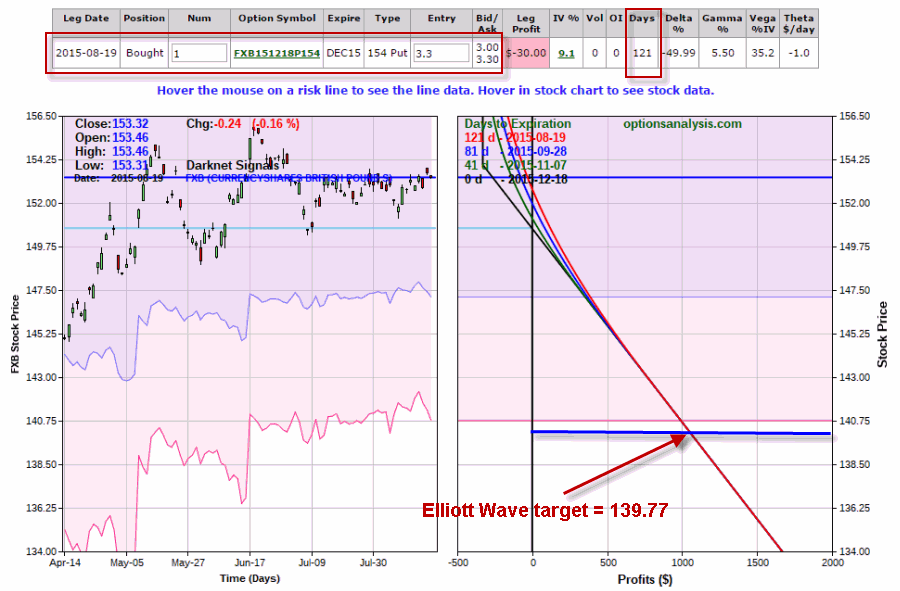In Part 1, I highlighted the fact that semiconductor stocks (using ticker FSELX as a proxy) have displayed three distinct periods within each month that have significantly underperformed all other days by, ahem, a “significant” margin (in this instance, “significant” is defined as -83.5% for the “Bad Days” versus +17,805% for the “Good Days’).
I also dropped the slightly depressing news that you can’t actually use this strategy with ticker FSELX due to Fidelity’s switching restrictions. There are two primary alternatives – the ETF ticker SMH or Profunds ticker SMPIX. For our purposes we will use SMPIX for several reasons:
*A slightly higher correlation to FSELX
*No commissions or slippage
*The ability to invest a specific dollar amount (rather than having to buy a specific number of shares).
*SMPIX uses leverage of 1.5-to-1 so offers more “bang for the buck” (albeit with a commensurately higher degree of risk)
Trading with SMPIX
SMPIX started trading on April 30th, 2001. So let’s run the same test using SMPIX that we did in the last article with FSELX. Specifically:
*During TDMs 5, 6, 7, 13, 14, -7, -6 and -5 our system will be in cash.
*During all other day the system will hold SMPIX
The results appear in Figure 1.
Figure 1 – Growth of $1,000 in SMPIX: TDM 5, 6, 7, 13, 14, -7, -6 and -5 (top clip) versus all other days (bottom clip); 5/1/2001-8/26/15
*$1,000 invested only on TDM 5, 6, 7, 13, 14, -7, -6 and -5 declined to $25 (-97.5%)
*$1,000 invested during all other days grew to $16,812 (+1,581%)
Now the Caveats
There are certainly a few caveats to ponder in all of this:
*These results certainly appear to fall into the “too good to be true” category (but they are mathematically correct)
*The real question is “what is the likelihood that future results will resemble past performance?” Unfortunately, there simply is no way to predict this. So a large “leap of faith” is required.
*Trading three times every single month can be a little “grinding” for those who are not used to shorter-term trading, especially since…..
*….There can be no second-guessing (“Hmmm, things look pretty good, maybe I won’t bother selling this time around”)
*Also, while this “system” has sidestepped a lot of pain, no one should assume that the “Good Days” are guaranteed to be a blissfully painless way to generate profits beyond the Dreams of Avarice.
To illustrate this last caveat take a close look at Figure 2. This is the same chart that appeared in the bottom clip in Figure 1, only with a few not inconsequential drawdowns highlighted. Figure 2 – “Good Days” aren’t always so good
Figure 2 – “Good Days” aren’t always so good
As you can see, even the “Good Days” took some huge hits along the way.
Summary
So is trading in and out of SMPIX three times a month a viable strategy? For the record, I am not recommending this as a strategy; I am simply reporting the results I’ve found. I leave you to decide for yourself what – if anything – to do with it.
Remember that the title was not “How to Make Easy Money with No Risk in Semiconductors”, but “How NOT to lose 97.5% in Semiconductors.”
As it turns out, there is a difference.
Jay Kaeppel






















